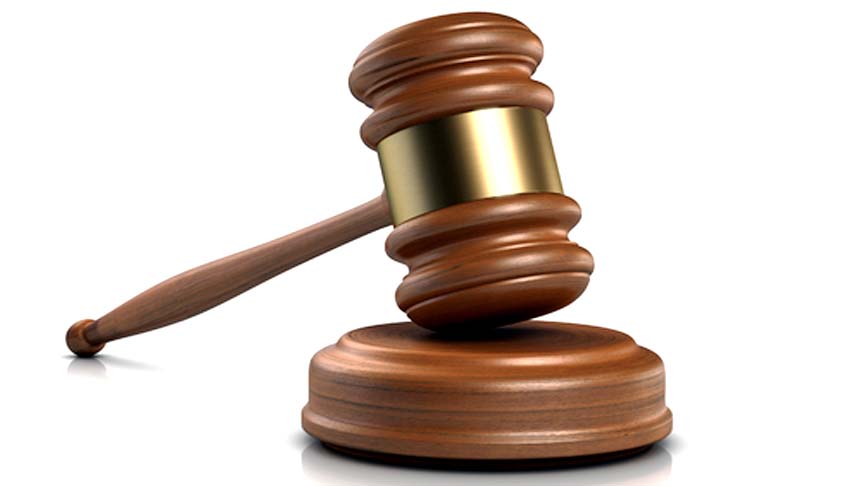The British set up the Indian judicial system as a copy of the British judicial system.
The judiciary is relatively independent and consists of the Supreme Court which is made up of the chief justice and 25 other justices, all appointed by the President on the advice of the Prime Minister.
The Supreme Court is the apex court in the country. It is situated in the capital city of Delhi, presided over by the Chief Justice of India and does not have benches in any other part of the country.
ADVERTISEMENTS:
This apex court, besides being the final court of permissible appeal, also deals with interstate matters and matters that involve more than one state, matters between the Union Government and any or more states.
The President of India can seek consultation and guidance including the opinion of the apex court and its judges. This court can penalize anybody for its own contempt. Appeals to the Supreme Court are allowed from the High Court only. If the matter is deemed to be important enough on the point of law or on the subject of the constitution of the nation and is certified as such by the High court, then and then alone is the Appeal forwarded to the Supreme Court.
Special Leave Petitions are allowed in the absence of appeal from the High Court with the leave of the apex court. The High Court is the head of the state’s judicial administration. Each state is further divided into judicial districts presided over by a district and sessions judge, who is the highest judicial authority in the district.
ADVERTISEMENTS:
Below him, there are courts of civil jurisdiction, known in different states as sub-judges or civil judges. The Criminal Judiciary comprises of chief judicial magistrate and judicial magistrates of first and second class.
The Indian judiciary has become a crumbling institution that has no internal mechanisms. It has displayed a distinct lack of will or strength to adapt to the changing times.
Due to the time it takes to get justice in India, people have an inclination to evade filing cases. International investors and corporations take this as a stumbling block of doing business in India. The long drawn out Jessica Lai murder case and the Mumbai blasts of 1993 highlight the weaknesses of our judiciary.
The Harshad Mehta scam one of the first major scandals is a good example of how long the Indian judiciary takes to serve justice. After seven years of trial, Harshad Mehta was punished. Around the same time in Singapore there was a scandal involving Nick Leeson of the Barings Company. Under the Singapore system of justice within two years, Leeson was punished. He actually underwent the punishment before the first decision could be arrived at under the Indian judicial system in the Harshad Mehta case.
ADVERTISEMENTS:
The common man perceives the court not as a means of procuring justice but an alternative to be used for the harassment of the opposite party. The delays in the judicial systems are counterproductive. Justice delayed in actuality is justice denied. Many disputes are sought to be settled through mediators- sometimes goons and sometimes local politicians.
The arcane procedures, irrelevant laws and long drawn out appeals only serve to slow down the justice granted by the judicial system in India. Over two million cases are pending in 18 High Courts alone and more than 200,000 cases are pending in the Supreme Court for admission, interim relief or final hearing. And it takes anywhere between 5 to 15 years for a case to be decided in an Indian Court. The future of justice in India looks bleak unless some very radical changes are incorporated in the judiciary system.

